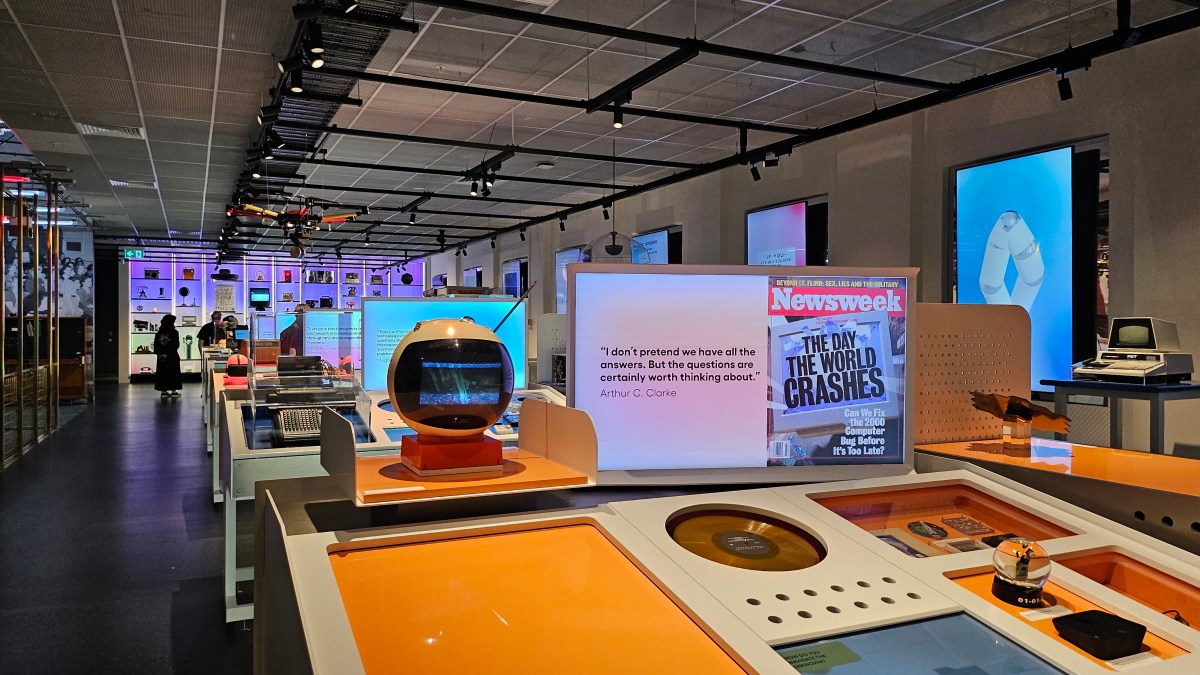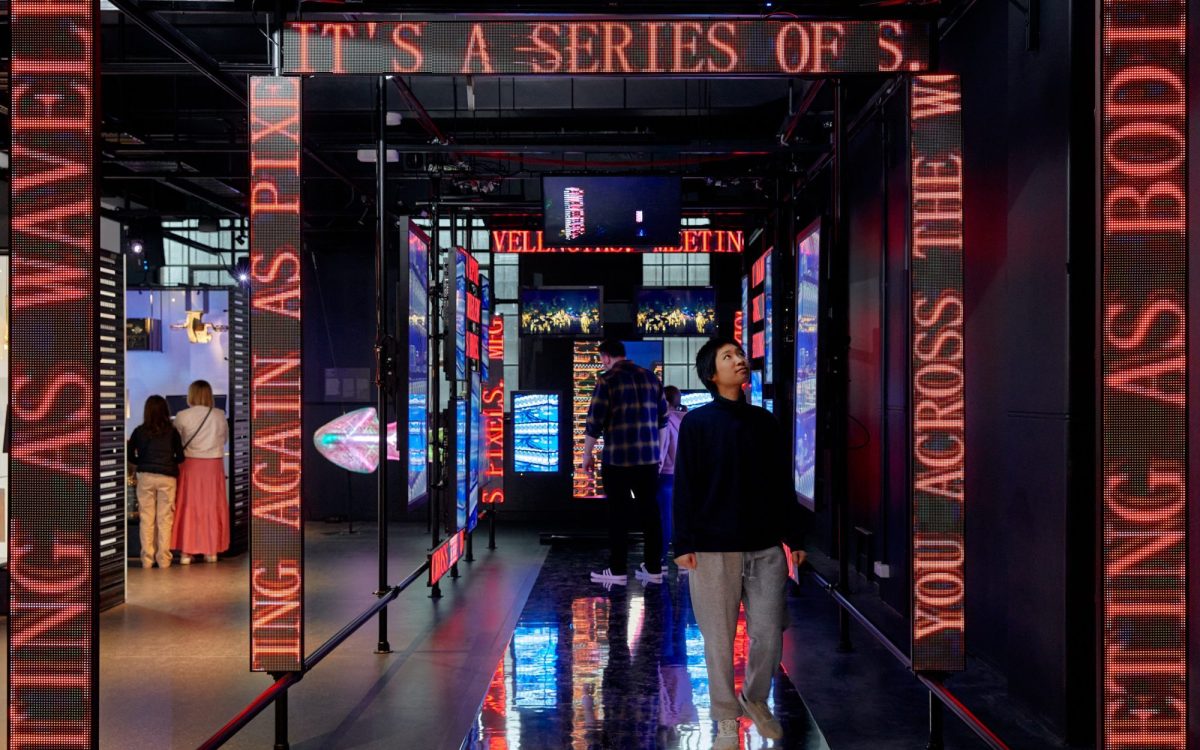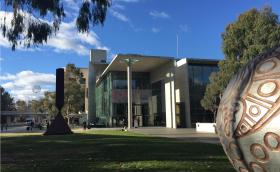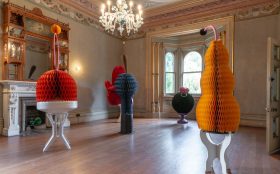Melbourne’s newest cultural landmark, the National Communication Museum (NCM), welcomed visitors through its doors last week. The first major museum to open in the city in 25 years, NCM showcases a sleek and engaging display, including a prototype of Optimus, Australia’s largest private satellite, a massive telephone exchange, robotic surveillance birds and a restored 1954 Speaking Clock voiced by BBC radio broadcaster Gordon Gow.
NCM is situated in a refurbished 1930s telephone exchange building in Hawthorn, in Melbourne’s inner east, with its tight cluster of private schools, quality restaurants, the eponymous football club and Swinburne University.
The suburb already has a good cultural foundation. The Town Hall Gallery and Hawthorn Arts Centre host regular contemporary shows (both share the building directly opposite NCM), Blockprojects Art Gallery is within walking distance and Lyon Housemuseum’s private collection is located in the neighbouring suburb, rounding out a day’s worth of cultural activity to draw those who seldom visit the area.
Jump to:
On the day of media preview (20 September), Sophia the Humanoid Robot addressed attendees alongside NCM Artistic Director and co-CEO Emily Siddons and NCM co-CEO Anna Prenc. Sophia said, “The role of a museum in the 21st century is not only to preserve and showcase the past, but also to facilitate a deeper understanding of the present and inspire a better future.
”We have to understand the profound impact of communication technology on society. The NCM provides a platform for these crucial conversations, educating and engaging the public on the potential and challenges of these emerging technologies.”
Research labs, mysterious phone booth, and 4.7 million passwords: inside the National Communication Museum
It’s apparent as soon as one steps through the doors that the NCM is a contemporary institution that combines functionality with aesthetic. Boonwurrung, Wemba Wemba and Trawlwoolway artist Jarra Karalinar Steel was commissioned to create the entrance installation – a series of possum spirits that speaks to First Nations knowledge, but also to the playfulness of the current exhibits.
The ground floor exhibition, Instruments of Surveillance, ponders the software, hardware and networks that govern our interactions, oftentimes hidden from view. Here, they are laid bare, from facial recognition technology to how dazzle camouflage spread from warships to fashion and art.
White hardcover volumes containing 4.7 million LinkedIn passwords that hackers stole in the 2012 breach lie on a coffee table, provided by German conceptual artist Aram Bartholl and are at the visitor’s disposal should they have forgotten their own creative combination.
Digital connections are materialised in neon red in Rel Pham’s major installation HYPERTHREAD, while another temporary exhibit, Artificial Sky, showcases satellite networks and “human-made constellations”, presented in partnership with Swinburne University of Technology’s Centre for Astrophysics and in collaboration with Space Machines Company.
Read: Mobile makerspace for people with disabilities wins top design accolade
The permanent NCM Collections Gallery on level one continues this dazzling display, featuring both vintage and cutting-edge tech, accompanied by detailed information and backstories through interactive screens. Activities include trying out Morse code, learning common gestures of fa’asamoa (Samoan culture) with the help of hand-tracking technology, and a quiz to identify whether editorial content is created by a human writer or AI to see if you qualify as Editor-in-Chief of NCM Times.

The Exchange, a massive working exhibit that reveals how a telephone exchange functions, evokes curiosity. The phones are still functional and visitors are invited to dial the numbers to see who picks up on the other end.
Individually themed rooms includes the Cyber Café, the Lone Phone Booth – an immersive and slightly haunting experience created by artist and composer Daniel Jenatsch – and the Sitting Room, with the Speaking Clock and Diamandini, an interactive robotic sculpture by Mari Velonaki, Professor of Social Robotics at the University of New South Wales.
The only criticism so far, if any, is that NCM charges general admission, unlike the majority of museums in Melbourne that are either free entry or at least have free exhibitions. But if you can spare a couple cups of coffee (adult tickets are $32, Blaktix $15), NCM lives up to its tickets’ worth plus more, and is an opportunity to discover another side of town with its array of cultural riches.






